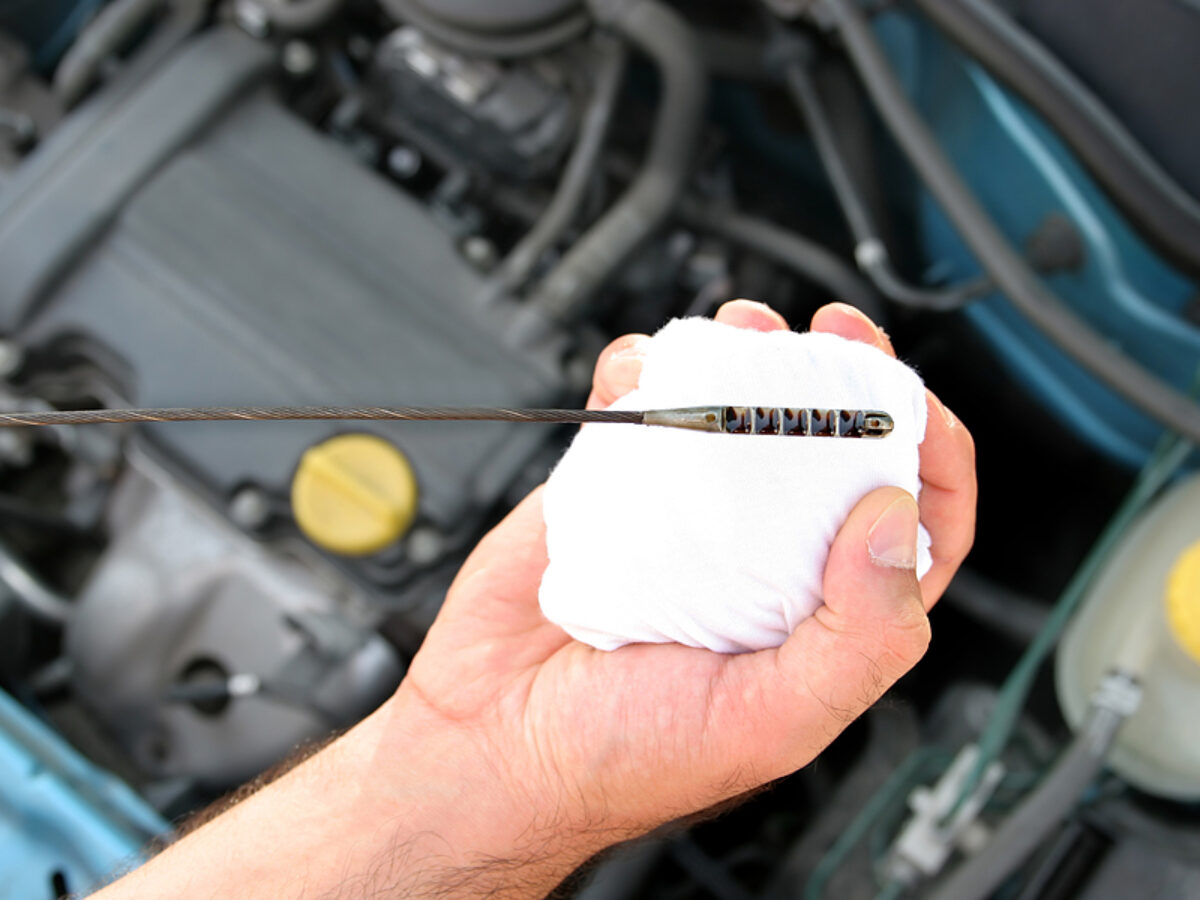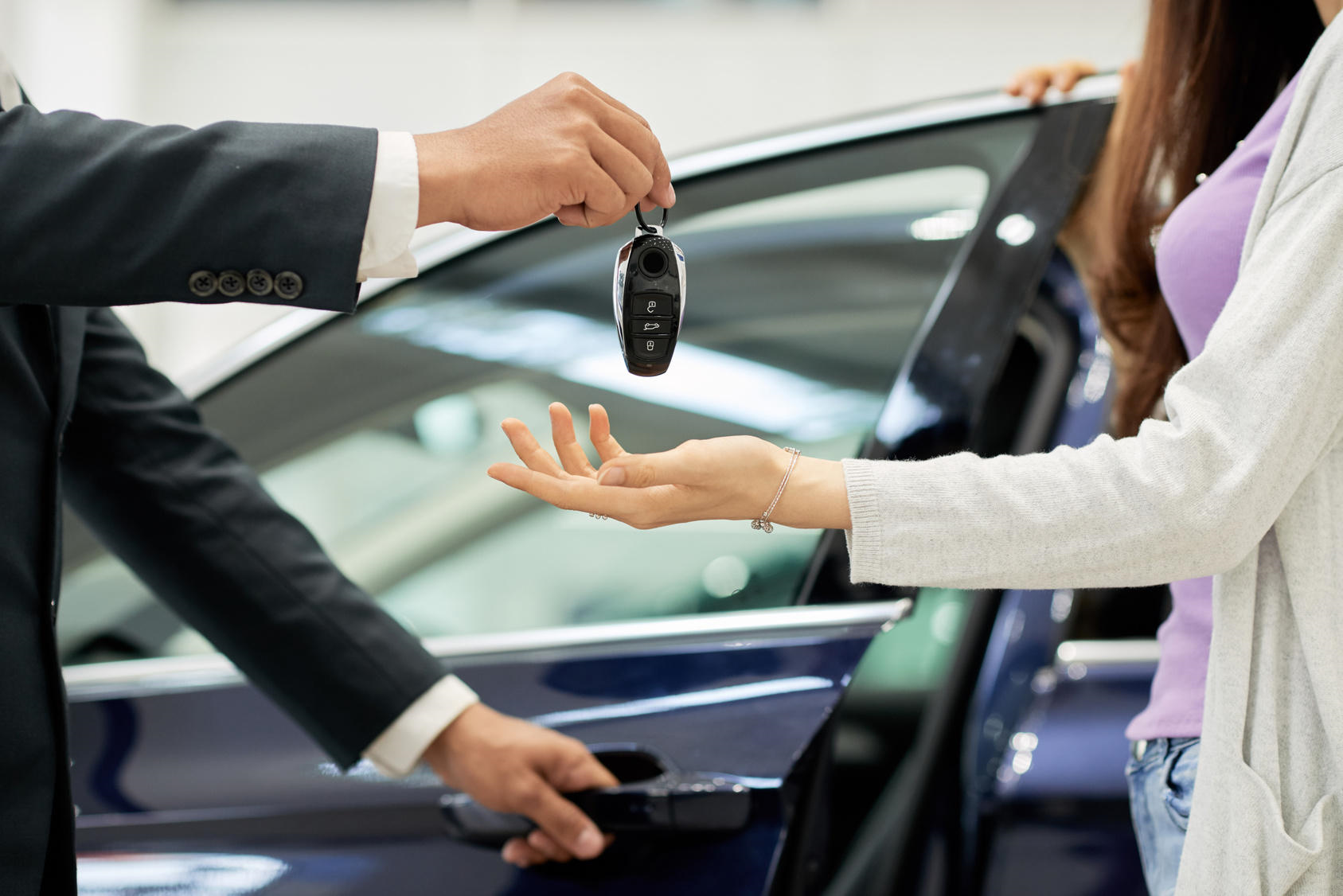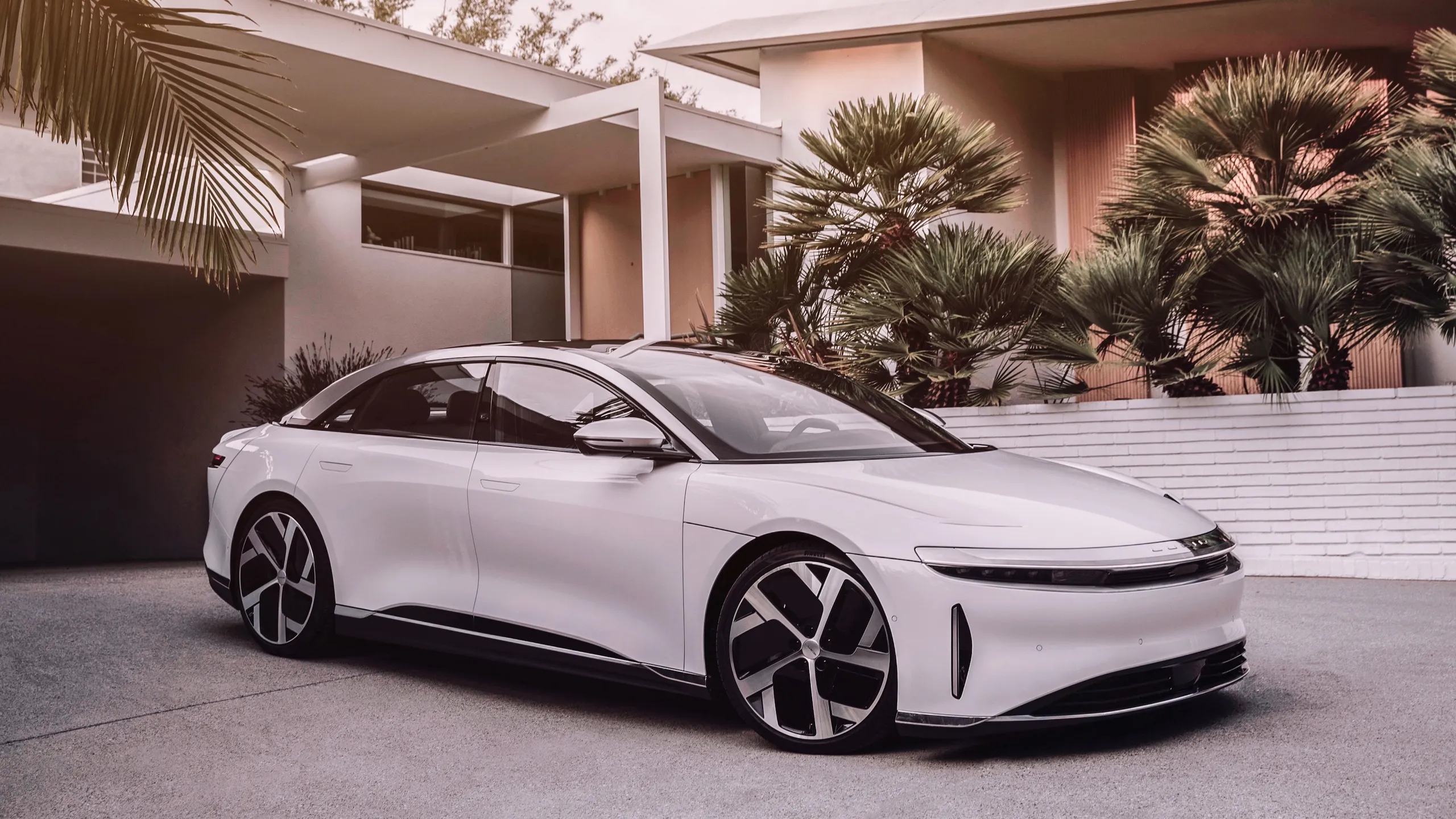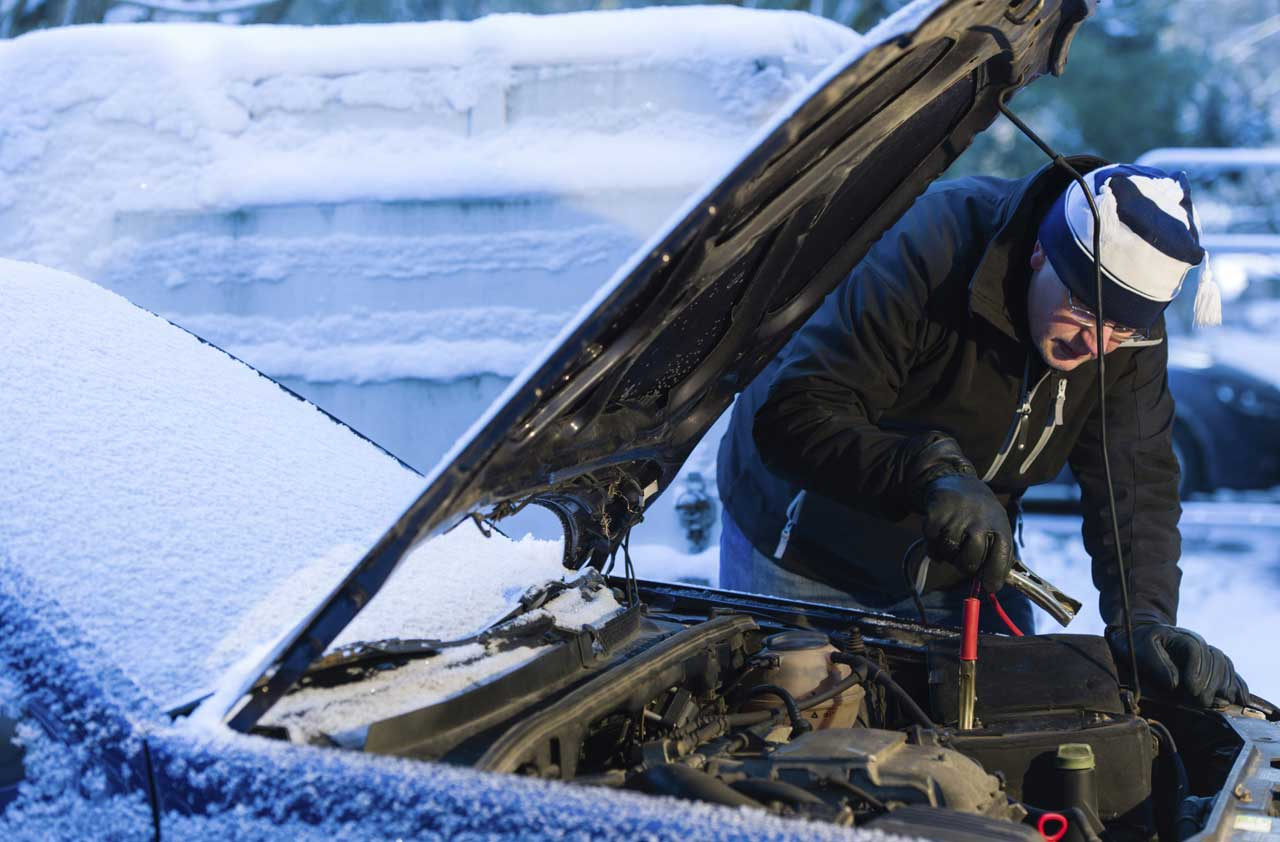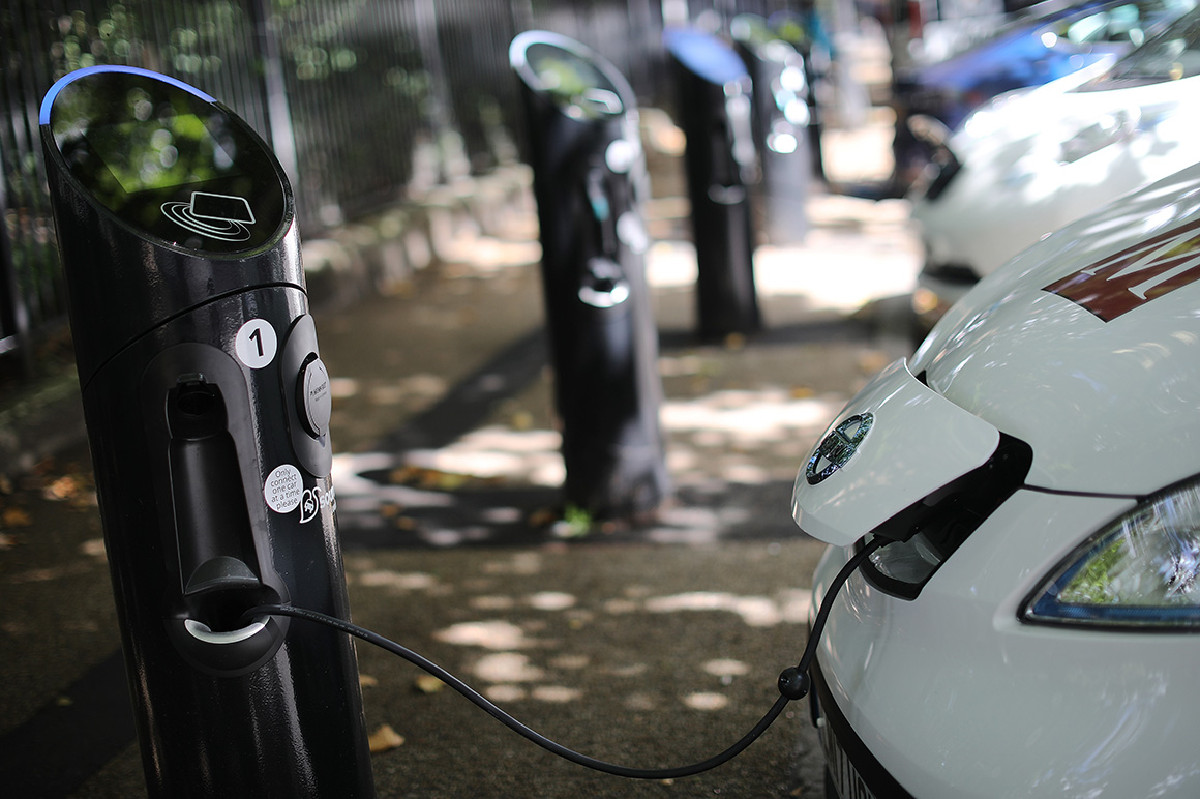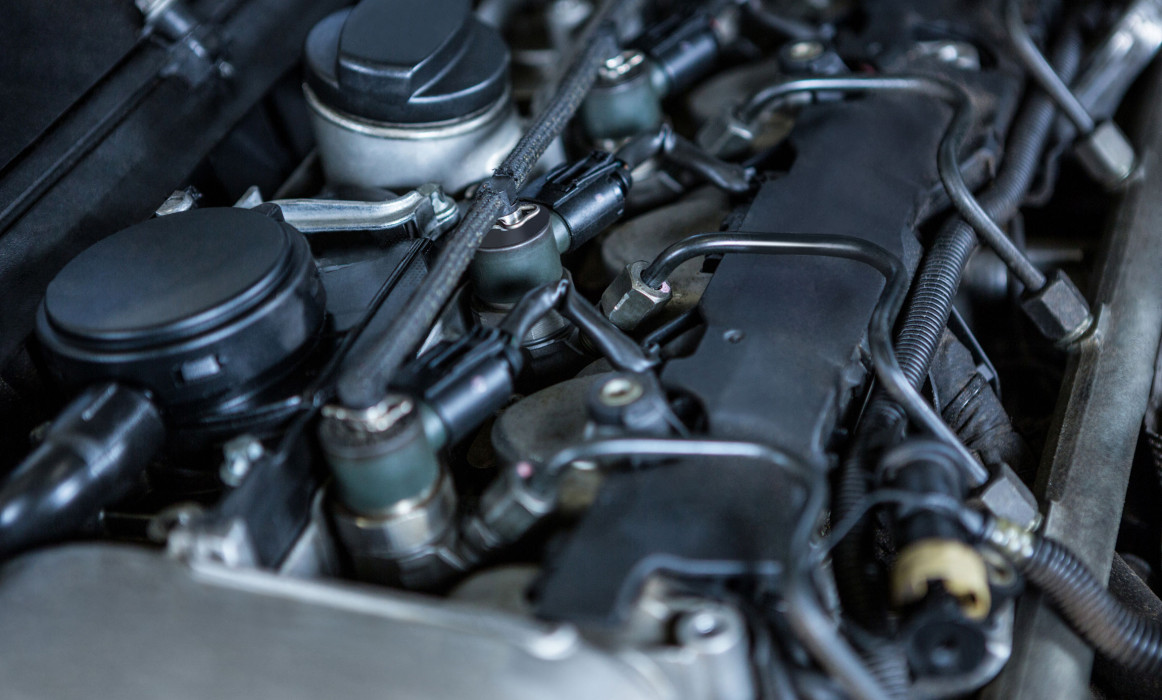As more and more people seriously consider making the switch to electric vehicles, perhaps you’ve also thought about if it’s the right choice for you.
There are numerous benefits when it comes to driving an electric car.
You’ll have less of an impact on the environment, you’ll escape the uncertainty of fluctuating fuel prices, and you’ll save money on electric car maintenance.
This last point, in particular, is why so many people are interested in driving electric vehicles. And while it’s certainly true that you won’t need to see your mechanic as often, this doesn’t mean that you don’t need to conduct standard maintenance on electric cars. What should you do to ensure your electric vehicle continues to run safely?
Keep on reading this post to find out.
In it, we’ll tell you all about some of the most important things you need to do to keep an electric vehicle in good working order.
1. Take Care of the Motor
Let’s begin by talking about one of the essential elements of maintenance on electric cars: the motor itself.
Yes, it is true that, in most cases, your electric car’s motor won’t need the same level of maintenance that a traditional combustion engine would.
You’ll also have fewer parts to deal with and can eliminate basic things like switching out the oil and even replacing fuel filters. Though this certainly makes things much easier, it’s important that you don’t neglect the things you do need to look after.
For best results, you should get an electric car’s motor serviced as often as you would a traditional vehicle. Whenever possible, aim to work with a mechanic that has specific experience with electric vehicles and engines.
2. Understand Brake Maintenance
You likely know that electric vehicles use what’s known as regenerative braking.
Regenerative braking helps you to keep your brake pads in good working order for as long as is possible. In some cases, you may have to replace them up to two times less frequently than on a traditional vehicle.
When you brake in your electric car, the kinetic energy is converted into electricity that helps you to power your vehicle. The process is certainly impressive — however, it doesn’t mean you can avoid servicing your brakes altogether.
Let’s talk about one more thing that you can do to preserve both the brakes and the battery.
Whenever possible, try to avoid driving at high speeds. Conserving speed will ensure that your battery lasts for longer, and of course, also prevents you from needing to slam on the brakes.
If you can’t slow down?
Try to pre-plan your route so that you avoid heavy traffic. It might sound a bit obvious, but the truth is that it can make a serious difference.
3. Get Smart with Parking
Another part of proper electric car maintenance?
Ensure that you understand how to keep your battery running for as long as possible.
Believe it or not, one of the best things that you can do to extend the overall life of your battery is to park your car in the shade when possible. While of course, this will ensure that your car’s temperature remains comfortable on a hot day, it’s about much more than that.
The thermal management system will respond to the heat and will keep running in the sun. Additionally, you also run the risk of having your battery overheat if you park in a hot spot for a long time.
You don’t want to come back to a car that has a much lower battery life than it did when you left it.
Another important thing to keep in mind when it comes to your battery and the sun?
Especially if you have to charge outside, give yourself a bit more time than you usually would. The heat makes it more difficult for the batter to charge promptly.
Taking good care of your electric battery means that they can be re-used once they’ve run out of enough strength to power your car, as well. Batteries offer numerous environmental benefits, which, as an electric car driver, may be a priority for you.
4. Avoid Overcharging the Battery
Here’s another electric vehicle maintenance tip that relates to battery life?
It might sound counterintuitive at first, but we strongly suggest resisting the temptation to charge your battery all the time fully. Whether you want to preserve the battery on a golf cart or in a standard electric car, overcharging can cause serious problems.
A good rule of thumb to avoid wearing down the battery prematurely?
Aim to charge the car’s battery to only about 80%.
Another “charing rule” for your electric vehicle? Make it a point not to leave your car with little — or even no — charge for an extended period. Just as with overcharging, this can negatively impact the battery’s health.
For best results, don’t leave your car with a small amount of charge for more than two weeks at a time.
5. Remember Basic Maintenance Rules
One final thing to keep in mind when it comes to electric car maintenance?
Just because you’re driving an electric vehicle, doesn’t mean that standard car maintenance rules don’t apply.
For example, when was the last time you had your tyres rotated? What does the tread on them look like at the moment? What about the coolant levels in your vehicle?
Make sure that your vehicle has enough coolant to keep everything in good working order. Additionally, remember that you need to replace your car’s wiper blades about twice a year. Depending on the sorts of conditions you usually drive in, they may get worn down faster or slower than that.
Of course, there are a few things that you no longer have to worry about when it when you’re driving an electric vehicle.
You won’t need to concern yourself with oil changes, nor will you need to worry about your spark plugs.
However, don’t become complacent when it comes to the rest of your standard car care. Make sure that you replace the car’s wiper fluid as often as you would with a conventional vehicle.
Above all, go with your gut.
If you suspect that there’s some issue with your vehicle? Take it in and have it examined by a professional at the very first sign of trouble. Doing this can save you severe headaches down the line.
6. Consider Storage Options
So, you’ll be heading out on a fabulous vacation for a few weeks in the summer.
Make sure that you’ve made specific plans for your electric vehicle’s storage before you fly away. Never leave it in an uncovered parking lot if at all possible.
Depending on the length of your trip, we suggest that you set the car to charge only up to about 50%.
This way, especially if you leave it plugged in, you won’t be at the risk of overcharging it. If you’re able to have someone come and unplug your car while you’re away, this can also help to protect the overall battery life.
In short?
If you’re able, take a cab to the airport. Don’t leave your electric vehicle in the airport parking lot.
7. Limit Quick Charges
Of course, when you’re in a bind, we completely understand that you can’t always avoid using a quick charge on your electric vehicle.
But, as with charging the car to the maximum, this is something that you want to limit because each quick charge has an impact on the battery’s overall lifespan.
If you use this feature too often, you’ll end up taking years off of the battery’s overall lifespan. As these can be expensive to replace, this is a situation you’d like to avoid.


